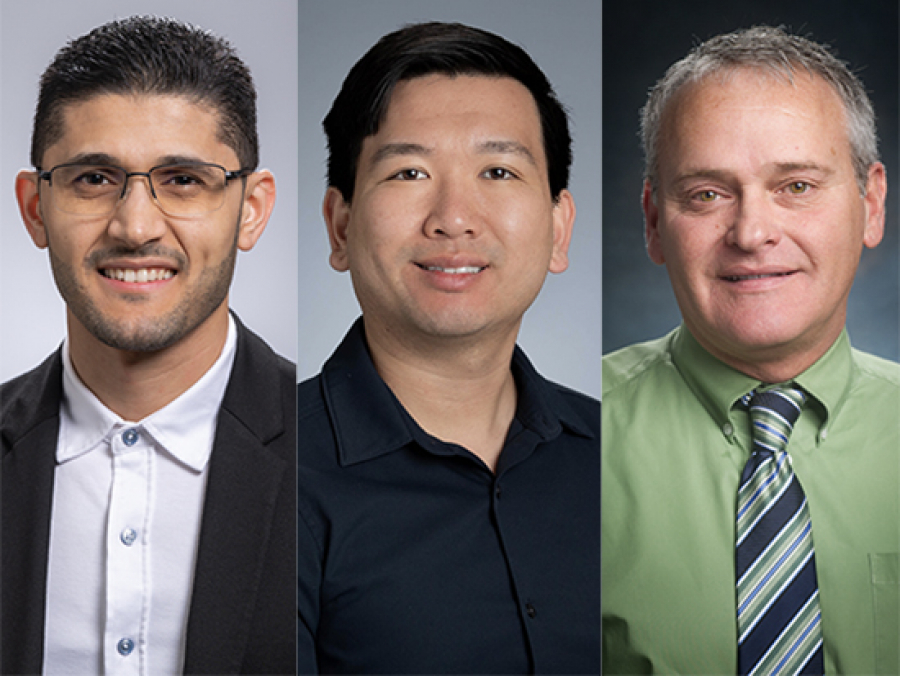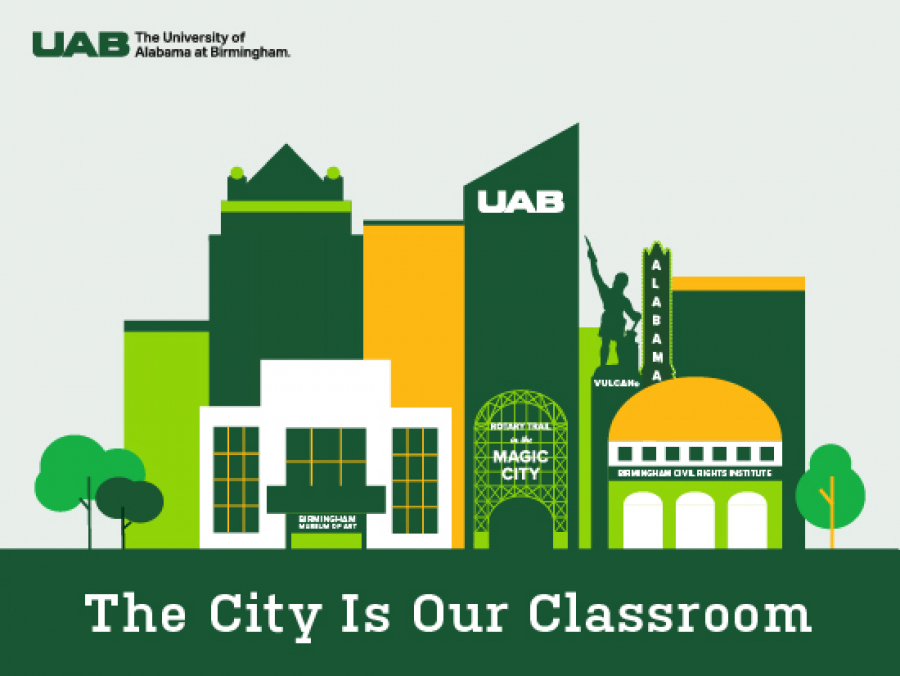Take Note
Campus Engagement Survey town hall
Get an update on results from the 2025 survey from senior UAB leaders at 1 p.m. April 23; register online.
Review new brand guidelines
The Office of Marketing and Communications has provided logos and usage guidance for schools, colleges and administrative units.
Complete Statement of Economic Interests by April 30
If your salary is $97,000 or more, you have purchasing or procurement authority, are a supervisor or executive assistant to institutional leaders, you must complete the form.

In the Know April 3, 2025
Total Compensation Statements get an update for 2025
Starting this year, employees can review their compensation, retirement, health care and insurance information in an interactive webpage view, optimized for web browsers and smartphones, in the UAB for Me Benefits Portal.
Experience more on social
Share your Blazer pride in the UAB people and places you love on our social media channels. Be sure to follow us so you don't miss the stories, photos, and video we produce just for our social media audiences.

myUAB Portal
Access customizable tools and resources
The myUAB portal is your UAB home page for work or school. Select your frequently used features, see official notifications, and keep up with news and events.
Go to myUAB PortaleReporter
Browse Past Editions of the eReporter
If you missed or want to revisit one of Tuesday or Friday email newsletters, you can find it in our Digital Commons archive.
Browse Past EditionsSubscription Center
Manage your email newsletters
The eReporter is automatically delivered to UAB employees twice each week. To sign up for additional UAB email newsletters, browse our Subscription Center.
Manage Subscriptions




